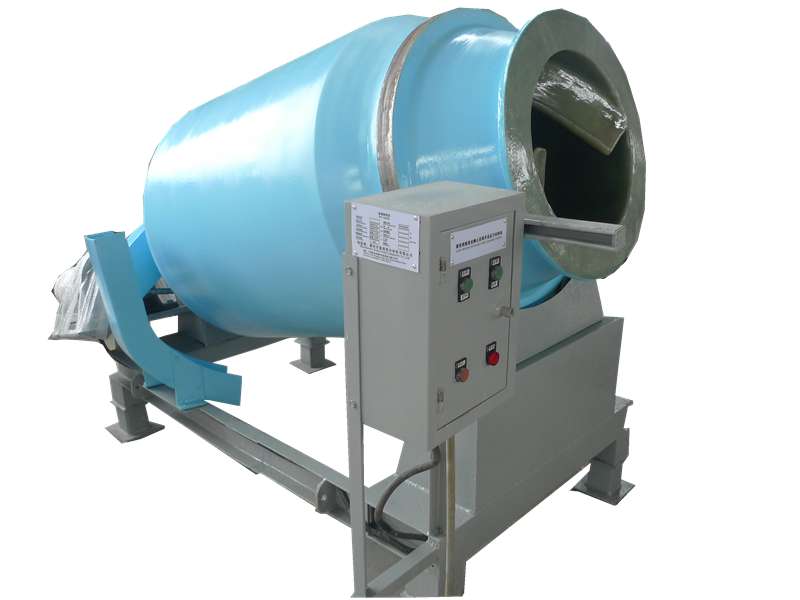
-
 Afrikaans
Afrikaans -
 Albanian
Albanian -
 Amharic
Amharic -
 Arabic
Arabic -
 Armenian
Armenian -
 Azerbaijani
Azerbaijani -
 Basque
Basque -
 Belarusian
Belarusian -
 Bengali
Bengali -
 Bosnian
Bosnian -
 Bulgarian
Bulgarian -
 Catalan
Catalan -
 Cebuano
Cebuano -
 China
China -
 China (Taiwan)
China (Taiwan) -
 Corsican
Corsican -
 Croatian
Croatian -
 Czech
Czech -
 Danish
Danish -
 Dutch
Dutch -
 English
English -
 Esperanto
Esperanto -
 Estonian
Estonian -
 Finnish
Finnish -
 French
French -
 Frisian
Frisian -
 Galician
Galician -
 Georgian
Georgian -
 German
German -
 Greek
Greek -
 Gujarati
Gujarati -
 Haitian Creole
Haitian Creole -
 hausa
hausa -
 hawaiian
hawaiian -
 Hebrew
Hebrew -
 Hindi
Hindi -
 Miao
Miao -
 Hungarian
Hungarian -
 Icelandic
Icelandic -
 igbo
igbo -
 Indonesian
Indonesian -
 irish
irish -
 Italian
Italian -
 Japanese
Japanese -
 Javanese
Javanese -
 Kannada
Kannada -
 kazakh
kazakh -
 Khmer
Khmer -
 Rwandese
Rwandese -
 Korean
Korean -
 Kurdish
Kurdish -
 Kyrgyz
Kyrgyz -
 Lao
Lao -
 Latin
Latin -
 Latvian
Latvian -
 Lithuanian
Lithuanian -
 Luxembourgish
Luxembourgish -
 Macedonian
Macedonian -
 Malgashi
Malgashi -
 Malay
Malay -
 Malayalam
Malayalam -
 Maltese
Maltese -
 Maori
Maori -
 Marathi
Marathi -
 Mongolian
Mongolian -
 Myanmar
Myanmar -
 Nepali
Nepali -
 Norwegian
Norwegian -
 Norwegian
Norwegian -
 Occitan
Occitan -
 Pashto
Pashto -
 Persian
Persian -
 Polish
Polish -
 Portuguese
Portuguese -
 Punjabi
Punjabi -
 Romanian
Romanian -
 Russian
Russian -
 Samoan
Samoan -
 Scottish Gaelic
Scottish Gaelic -
 Serbian
Serbian -
 Sesotho
Sesotho -
 Shona
Shona -
 Sindhi
Sindhi -
 Sinhala
Sinhala -
 Slovak
Slovak -
 Slovenian
Slovenian -
 Somali
Somali -
 Spanish
Spanish -
 Sundanese
Sundanese -
 Swahili
Swahili -
 Swedish
Swedish -
 Tagalog
Tagalog -
 Tajik
Tajik -
 Tamil
Tamil -
 Tatar
Tatar -
 Telugu
Telugu -
 Thai
Thai -
 Turkish
Turkish -
 Turkmen
Turkmen -
 Ukrainian
Ukrainian -
 Urdu
Urdu -
 Uighur
Uighur -
 Uzbek
Uzbek -
 Vietnamese
Vietnamese -
 Welsh
Welsh -
 Bantu
Bantu -
 Yiddish
Yiddish -
 Yoruba
Yoruba -
 Zulu
Zulu
frp chimney
The Importance of FRP Chimneys A Modern Solution for Industrial Emissions
As industrialization continues to thrive globally, the challenge of managing emissions has become increasingly critical. Among the various solutions available, Fiber Reinforced Polymer (FRP) chimneys have emerged as an innovative alternative to traditional concrete and steel options. This article explores the significance of FRP chimneys in modern industrial applications, emphasizing their benefits, adaptability, and environmental implications.
Understanding FRP Chimneys
FRP chimneys are constructed using a composite material made of polymer resins reinforced with fibers, typically glass or carbon. This design offers exceptional strength-to-weight ratios and can withstand harsh environmental conditions. Due to their lightweight nature, FRP chimneys are easier to transport and install compared to traditional construction materials.
Advantages of FRP Chimneys
1. Corrosion Resistance One of the primary advantages of FRP is its innate resistance to corrosion. Industrial emissions often contain corrosive elements such as sulfuric acid, chlorine, and other chemicals that can degrade conventional chimney materials. FRP chimneys can endure such harsh environments, maintaining structural integrity over time and reducing maintenance costs.
2. Lightweight Structure The lightweight nature of FRP allows for easier handling during installation. Traditional masonry chimneys can be heavy and cumbersome, making transportation and erection labor-intensive and costly. FRP chimneys significantly reduce these logistical challenges, shortening installation periods and minimizing labor expenses.
3. Versatility and Design Flexibility FRP chimneys can be manufactured in various shapes, sizes, and colors, providing industries with the flexibility to meet their specific needs and aesthetic preferences. This versatility extends to customization for unique architectural designs, allowing corporations to enhance their branding while maintaining functionality.
frp chimney

4. Thermal Insulation FRP materials offer excellent thermal insulation, which can help manage the temperature of the flue gases emitted. This characteristic not only improves the efficiency of the exhaust system but also contributes to energy savings within the industrial facility.
5. Reduced Environmental Impact By utilizing FRP chimneys, industries can minimize their ecological footprint. The durability of these chimneys means they require less frequent replacement, thereby reducing waste. Moreover, their resistance to chemical corrosion minimizes the risk of harmful emissions escaping into the atmosphere, helping industries comply with environmental regulations.
Applications of FRP Chimneys
FRP chimneys are increasingly being employed in various industries, including petrochemical, pharmaceutical, power generation, and wastewater treatment plants. In petrochemical plants, for instance, FRP chimneys are utilized to handle volatile organic compounds and other corrosive gases. In the pharmaceutical sector, their use ensures a sterile environment by preventing contamination from exterior sources.
Moreover, FRP chimneys find significant applications in power generation, particularly in combined cycle power plants where exhaust temperatures can vary greatly. Their ability to withstand high temperatures and corrosive gases makes them suitable for enhancing the efficiency of exhaust systems in these facilities.
Conclusion
As industries face heightened scrutiny regarding their emissions and environmental impact, the adoption of innovative solutions like FRP chimneys becomes crucial. Their unique properties provide numerous benefits over traditional construction methods, including durability, efficiency, and reduced maintenance costs. Moreover, their flexibility in design offers businesses the ability to not only fulfill regulatory requirements but also enhance their public image through aesthetically pleasing solutions.
In a world striving for sustainable development, FRP chimneys represent a modern, effective response to the challenges posed by industrial emissions. By choosing this advanced technology, industries can contribute to a cleaner environment while also reaping economic advantages, paving the way for a brighter, more sustainable future.









